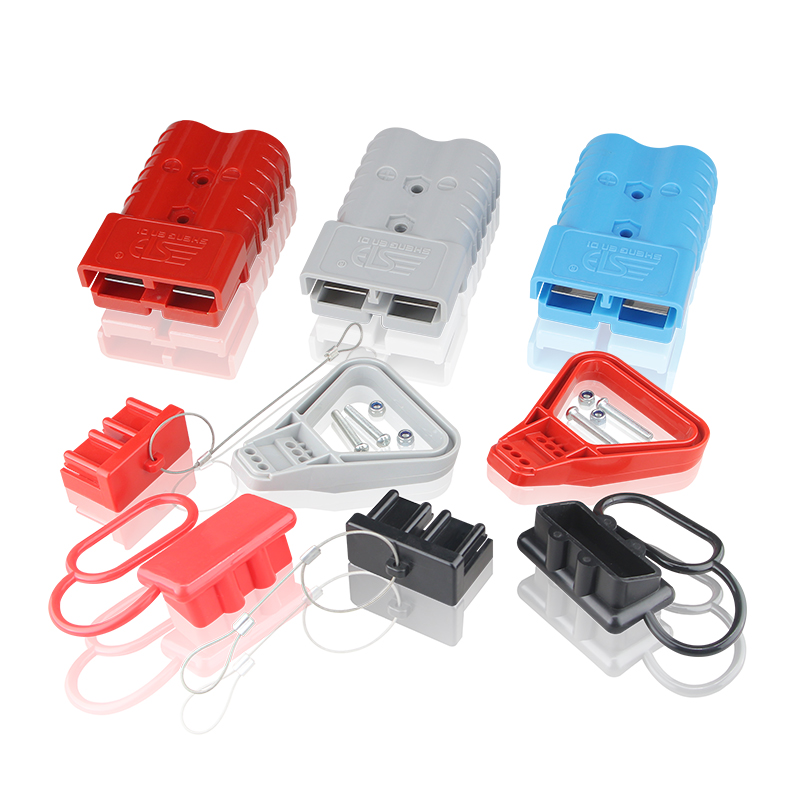During the interconnection selection step of device design, selecting the SEDropriate power connector is critical. The right power connector not only increases the reliability of device interconnections, but also provides a more secure and efficient connection. So what are the key criteria we need to consider when selecting power connectors and device components for interconnection? The following are some suggestions for you from power connector manufacturers.
**Key Criteria and Important Considerations:**

1. **Rated current:**
- Current rating is the most critical criterion when selecting a power connector. Expressed in amperes per circuit, it is a measure of the amount of current that can pass through a paired terminal. The ambient temperature must be considered to ensure that current can still be conducted normally when the temperature rise does not exceed the specified range.
2. **Connector size or circuit density:**
- As device sizes continue to shrink, the size of the power connector becomes increasingly important. Circuit density is a relative measure of the number of circuits a power connector can accommodate per square inch and is critical for space-constrained SEDlications.
3. **Wire size:**
- Wire size is a crucial consideration when selecting a power connector, especially if the required current is close to the connector's maximum rating. Mechanical strength and current requirements are both guiding factors in selecting heavier wire gauges.
4. **Rated working voltage:**
- The rated operating voltage of the power connector is a factor that must be considered. Make sure the connector series you choose meets the rated voltage range of your SEDlication to ensure safe and reliable power transfer. For example, Saint Endy's SG50A SED connector has a voltage rating of 600V and is suitable for a variety of high-voltage SEDlications.
When selecting a power connector, considering these standards will help ensure the reliability, safety and efficiency of your equipment. The choice of power connector is not only related to the performance of the device, but also directly affects the stability and reliability of the overall system.
 Guangdong SED Co., Ltd.
Guangdong SED Co., Ltd.
 +86 13763213143
+86 13763213143
 info@dmictech.com
info@dmictech.com


